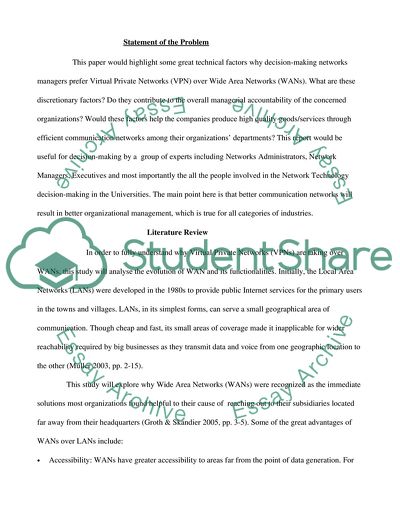Cite this document
(Factors Influencing Company Use of Virtual Private Networks Dissertation, n.d.)
Factors Influencing Company Use of Virtual Private Networks Dissertation. Retrieved from https://studentshare.org/information-technology/1727950-investigating-factors-influencing-companyinstitution-use-of-virtual-private-networks-over-wide-area-networks-by-decision-making-network-managers
Factors Influencing Company Use of Virtual Private Networks Dissertation. Retrieved from https://studentshare.org/information-technology/1727950-investigating-factors-influencing-companyinstitution-use-of-virtual-private-networks-over-wide-area-networks-by-decision-making-network-managers
(Factors Influencing Company Use of Virtual Private Networks Dissertation)
Factors Influencing Company Use of Virtual Private Networks Dissertation. https://studentshare.org/information-technology/1727950-investigating-factors-influencing-companyinstitution-use-of-virtual-private-networks-over-wide-area-networks-by-decision-making-network-managers.
Factors Influencing Company Use of Virtual Private Networks Dissertation. https://studentshare.org/information-technology/1727950-investigating-factors-influencing-companyinstitution-use-of-virtual-private-networks-over-wide-area-networks-by-decision-making-network-managers.
“Factors Influencing Company Use of Virtual Private Networks Dissertation”, n.d. https://studentshare.org/information-technology/1727950-investigating-factors-influencing-companyinstitution-use-of-virtual-private-networks-over-wide-area-networks-by-decision-making-network-managers.


